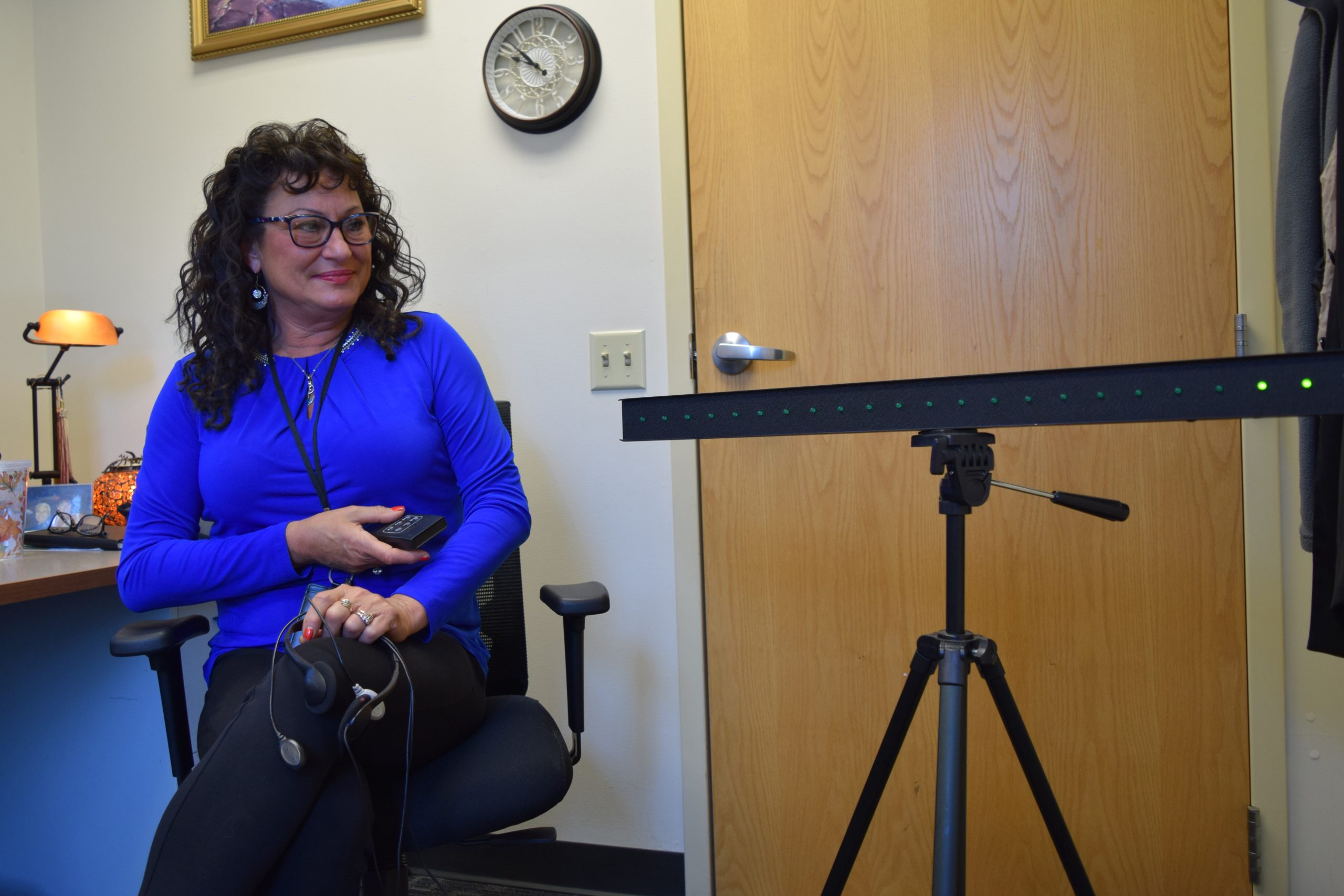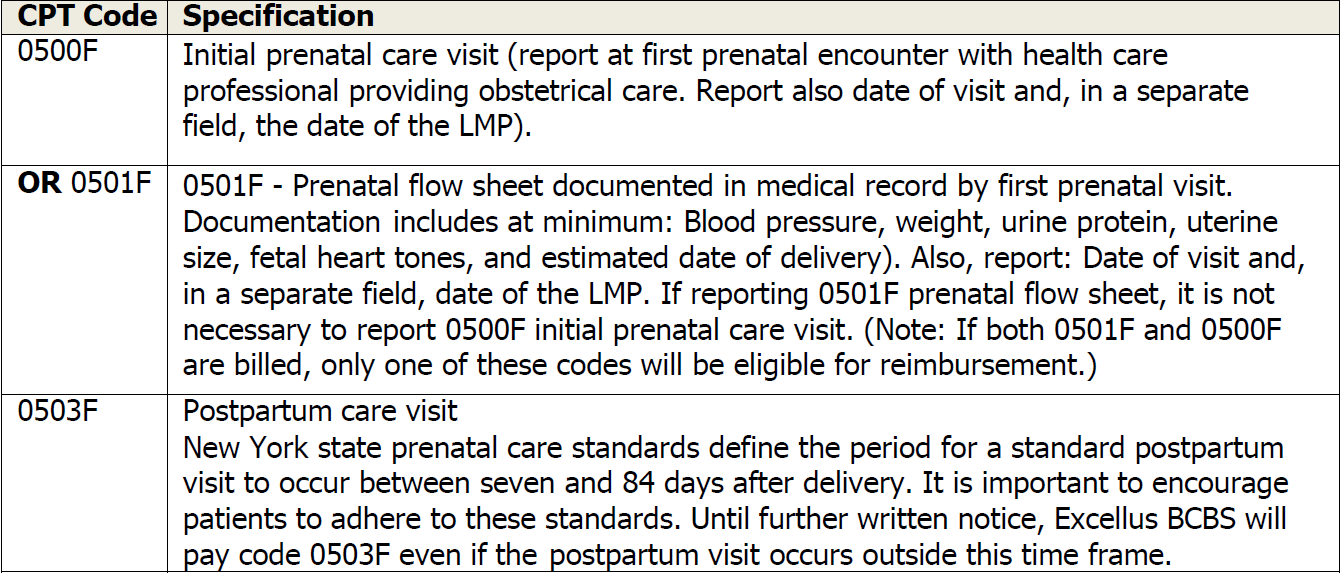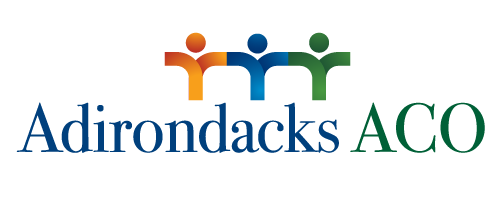Contract & Network Update
|
|

Lilian Wu is the Program Performance Analyst at Adirondacks ACO. Her role entails supporting the ACO’s financial performance by focusing on service utilization and strategic analysis for our payer contracts, reporting her findings to the network stakeholders, ACO committees and the Board of Managers. In 2021, she assisted in building a COVID -19 vaccine tracking dashboard for the north county region, supporting the region’s vaccination efforts. This dashboard was recognized across the state as a best practice with our response to the pandemic.
In collaboration with our Northwinds IPA partners, we have recently developed the QUIC (Quality Utilization and Integrated Care) dashboard, which offers each Northwinds partner organization a view of patient care gaps and quality measures performance. Lilian will provide overall management and support of the QUIC dashboard for the ACO and our Northwinds IPA partners.
Prior to her work here at Adirondacks ACO, she worked for the University of Pittsburgh Medical Center as a project manager. A native from Taipei, Taiwan, Lilian loves helping people and is always eager to take on any data challenge! Outside work, Lilian is a skilled artist and for fun illustrates children’s books. When she is not drawing, she loves to be in the kitchen baking or cuddling up with her cat.


In commemoration of May as Mental Health Awareness Month, Citizen Advocates is highlighting the trailblazing work of its clinicians in the field of Eye Movement, Desensitization and Reprocessing therapy.
Commonly referred to as EMDR, it is a type of therapy that uses visual, auditory or tactile stimulation in a left-to-right rhythm across the two sides of the body. EMDR helps patients identify feelings, thoughts or images that are associated with a traumatic memory; desensitize those ideas; and then reprocess how the ideas relate to the memory.
“I always start by asking a patient: ‘What keeps you from living the life you want to live?’” said Terrianne Yanulavich, LMHC, Ph.D., Citizen Advocates’ Clinician Team Lead, Supervisor. “The answer to that question boils down to the event, the trigger, the trauma. EMDR takes away the awful feeling associated with trauma, not the memory itself.”
EMDR was developed by psychologist Francine Shapiro in the late 1980s after noting the therapeutic effects on herself while watching birds flitting back and forth during a walk in the woods. Ms. Yanulavich received her training under Ms. Shapiro and has been certified to practice EMDR since 2003. She is one of five EMDR-trained clinicians at Citizen Advocates providing this vital service to the North Country.
To contact Citizen Advocates, or learn more about EMDR visit www.CitizenAdvocates.net

Prenatal/Postpartum CPT II Code Incentive Program
Excellus BlueCross BlueShield reminds you that you have an opportunity to earn a $15 financial incentive for each claim submission that includes a CPT II code related to certain prenatal/postpartum services. Eligible CPT II codes are: 0500F or 0501F, and 0503F. This incentive will apply to Excellus BCBS Commercial and Safety Net members (Medicaid Managed Care, Child Health Plus, Healthy NY and Essential Plan). Incentives may not be payable on all BlueCard claims. Excellus BCBS reserves the right to unilaterally terminate or modify this program at any time.
Please submit claims using CPT II codes as defined below, along with the date of service and date of the last menstrual period (LMP), and a $15 charge. (If the charge submitted is less than $15, the full $15 incentive will not be paid. Our claim system will pay the lesser of your charge or our $15 allowance.) The LMP should be added to Field 14 on the 1500 form. Submit the claim after the visit is completed or include it on your global bill.

Please keep in mind that including these CPT II codes on claims not only helps us to gather necessary data and provides you with an opportunity to earn a financial incentive, but also has the potential to diminish the number of chart review requests that you receive.
For additional information, visit https://provider.excellusbcbs.com/resources/clinical/hedis-measures for a helpful tip sheet. You will need to log in to access this information.
If you have questions, please contact your Provider Relations representative.
Prenatal and postpartum care is essential to the health and well-being of your patient and her new baby, and it is an important aspect of your practice. As a health plan, we have a responsibility to ensure that this important care is delivered on a timely basis. Using correct CPT codes for these services is an important step toward helping each of us achieve our goal in the most efficient and effective manner.
** This training is provided on behalf of Adirondack Health Institute through a partnership between JBS, International and ArchProCoding under HRSA’s Federal Office of Rural Health Policy Rural Communities Opioid Response Program (RCORP), Grant No. U6BRH32364.
